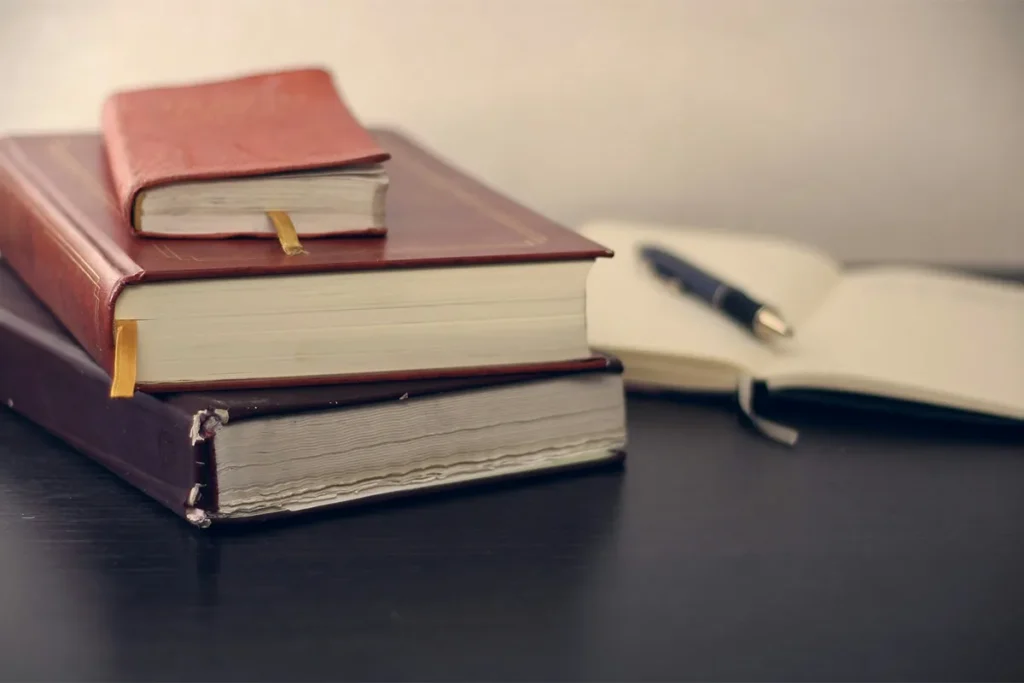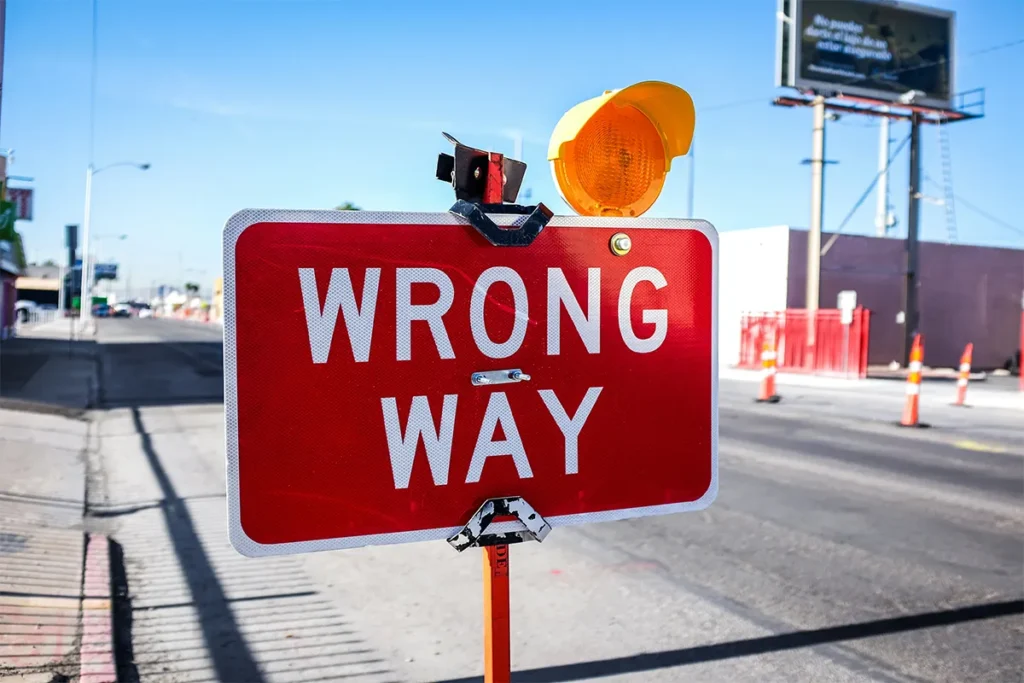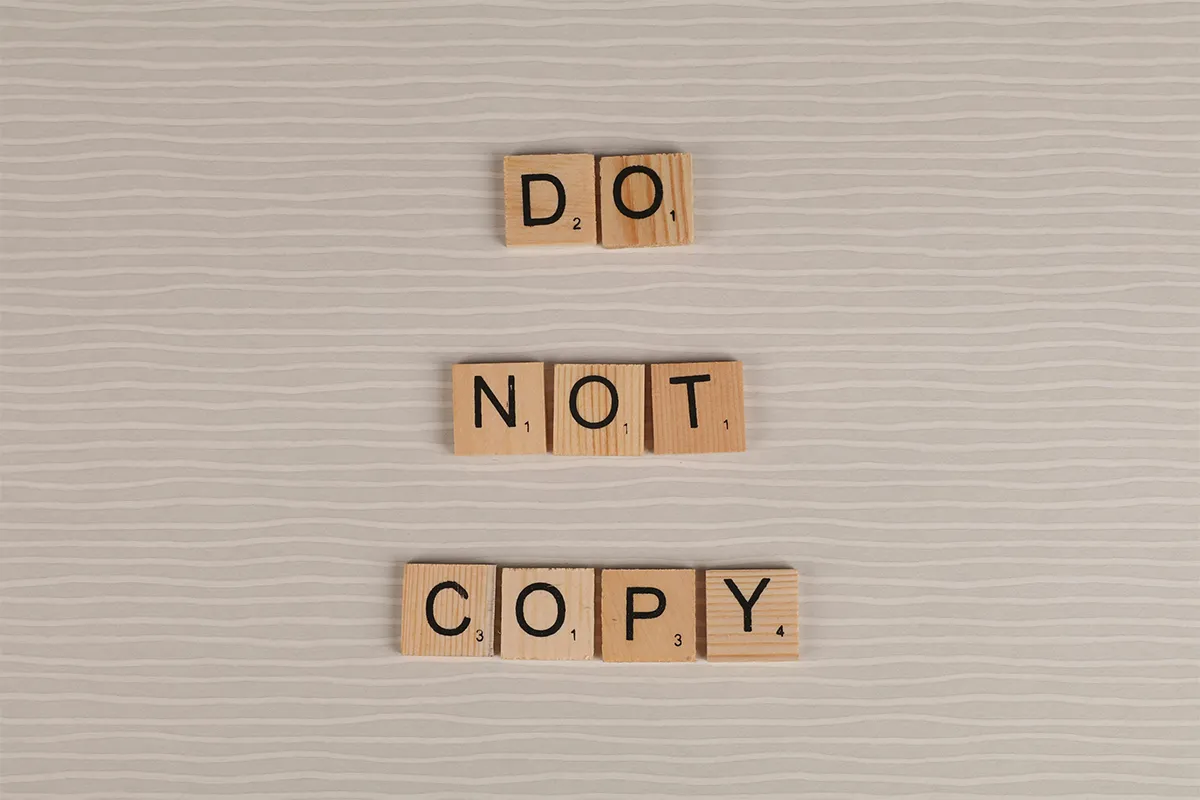Plagiarism is a big problem when we talk about being honest with ideas. It means taking what others have made or thought of, like work, ideas, or ways of saying things and saying they are yours without saying who really made them. This is not only plagiarism of words but also stealing ideas, music, art, and science work.
Types of Plagiarism
Plagiarism is when you lie and steal someone’s creative work. It happens when a person takes another’s words, thinking, or ways of expressing and does not give them credit.
It is not just something students do wrong; it happens in many areas, like schools, news, music, and books. There are many kinds of plagiarism, and each kind has its own details.
1. Direct Plagiarism: One kind is direct plagiarism, where someone just copies another’s work word for word without changing anything or giving credit. This is easy to see and wrong. Another less obvious kind is mosaic plagiarism, where a person mixes their words with words they copied. This is harder to catch but still wrong.
2. Self-Plagiarism: Plagiarism in your own work can also be a problem. Here, a writer uses big parts of what they wrote before without saying so. This makes readers think the work is brand new.
3. Accidental Plagiarism: Plagiarism can also happen by accident when people do not know better or are careless. Writers might forget to say where they got their ideas from or change things a bit in the wrong way. Even if you did not mean to do it, it is still wrong and hurts other people’s rights.
4. Paraphrasing: When someone changes the words of what someone else wrote but does not say where they got the ideas, this is another kind of plagiarism. Even though the words are different, the main ideas and structure are still taken from someone else, and that is misleading.
Plagiarism in Literature
Plagiarism in books has led to some big scandals. A famous case is about Alex Haley’s “Roots” and Harold Courlander.
Courlander said Haley copied part of his book “The African.” The court agreed with Courlander. They made a deal, and it hurt Haley’s good name. This shows writers must research well and be original.
There is also the story of Helen Keller’s “The Frost King.” Keller admired and was young and accused of plagiarism in Margaret Canby’s “The Frost Fairies.”
Keller could not see or hear, and people felt sorry for her. However, this problem showed that even by mistake, plagiarism can cause big questions about your work.
In recent times, books have had plagiarism scandals, too. Kaavya Viswanathan’s first book, “How Opal Mehta Got Kissed, Got Wild and Got a Life,” got in trouble.
Many parts were too similar to other writers’ work, like Megan McCafferty. They took her book off the shelves, and it hurt her starting career. This warns new writers to be true to themselves.
Plagiarism in Academia

Plagiarism issues happen in schools, too, not just in books. Martin Luther King Jr.’s college paper had plagiarism claims after he died. His work was not all his, they said.
However, King is still known for his big impact on equal rights. This shows it is hard to judge past leaders by today’s rules.
Jane Goodall’s book “Seeds of Hope” had problems, too. She wrote things without saying where they came from. She did not mean it, but it stressed how important careful work is, even for famous researchers.
Universities also had trouble with famous scientists cheating. One well-known researcher had to take back many papers because they found he made up data and copied others. These cases show that scientific research needs strict peer review. They warn us about how easily reputations can break and how vital integrity is.
Plagiarism in Journalism
Jayson Blair caused a big problem for The New York Times. Blair made up stories and stole others’ work, hurting the trust in a famous American news place.
His trouble showed that news places need good checking, and one person’s lies can harm the whole group’s trust. It made people talk about having strong ethics in news writing.
Stephen Glass, a writer, told many lies in his articles. Glass not only stole from others but also made up people and things, pretending it was real news. His problem reminds us that wanting to excite readers can lead good minds to do bad things. It shows we need truth and responsibility in news writing.
Jonah Lehrer, a writer on science, got caught for lying about quotes from Bob Dylan. Lehrer did not just trick his readers, but he also hurt the honesty of science news. This situation tells us that being correct and truthful in reports is very important, especially for topics that shape what people think.
Plagiarism in Music
George Harrison from The Beatles got told off for his song “My Sweet Lord” being too like “He’s So Fine” by The Chiffons.
The court fight that followed shows that telling if music is stolen can be tough and unclear. It asks if artists can copy a little and urges musicians to be careful with their ideas.
The band Led Zeppelin had to deal with many times being said they took music from others.
Big songs like “Stairway to Heaven” were looked at in court to see if the band used too much from other music. These claims make us think about when plagiarism turns into stealing. They force artists to find their own styles in a world full of ideas.
Consequences of Plagiarism

If you plagiarize, you might face big legal problems. Judges can order you to pay a lot, say sorry in public, or go to jail for bad cases. Famous lawsuits remind us that stealing ideas is a big crime.
These fights cost a lot of money and can ruin your good name forever. The consequences of plagiarism are drastic.
Plagiarism can end your job. Bosses might fire you, book companies might take back their books, and schools might take away degrees for plagiarism.
People at work think plagiarism is like lying, and it is important to be honest in order to get better jobs. You need to always be careful and honest to keep a good name at work.
Plagiarism hurts you inside, too. Friends, family, and workmates may stop trusting you. Cheating hurts not just you but everyone around you. Getting back to being known as a good person is hard, and you may miss chances.
How to Stop Plagiarism
Teaching about owning ideas and being original helps stop plagiarism. Starting to teach these things to children can make them grow up to be honest. Classes and talks about not cheating are very helpful. Learning about plagiarism helps people see why it is bad and how to not do it.
New technology helps us fight plagiarism. Tools like Grammarly can find copied work quickly. They help teachers and bosses keep everyone honest.
However, using technology alone is not perfect; we still need human thinking to understand results.
It is very important to have good rules for citations and references. The right way to cite shows respect to the original makers and makes your work more trusted.
Learn well the different ways to cite and follow the rules very carefully. When you reference right, it shows you are serious about being honest, and this makes others want to do the same.
Conclusion
In the modern world, where we share so much information, it is really important to be original and honest. When you do something original, it shows you really understand and think in a new way.
It helps move things forward and brings new ideas, making people trust each other more, like people who read your work or watch what you do. If you respect other people’s hard work and ideas, it makes a strong base for working and talking with each other.
The rules of how to act right in any job are a must. These rules tell us how to act, make things fair and help people to trust each other. We must watch carefully and work hard to follow these rules every day.
We can use tools to find plagiarized work, which helps to keep our work honest, but we cannot just use these tools. We must also be responsible ourselves and have strong morals.

